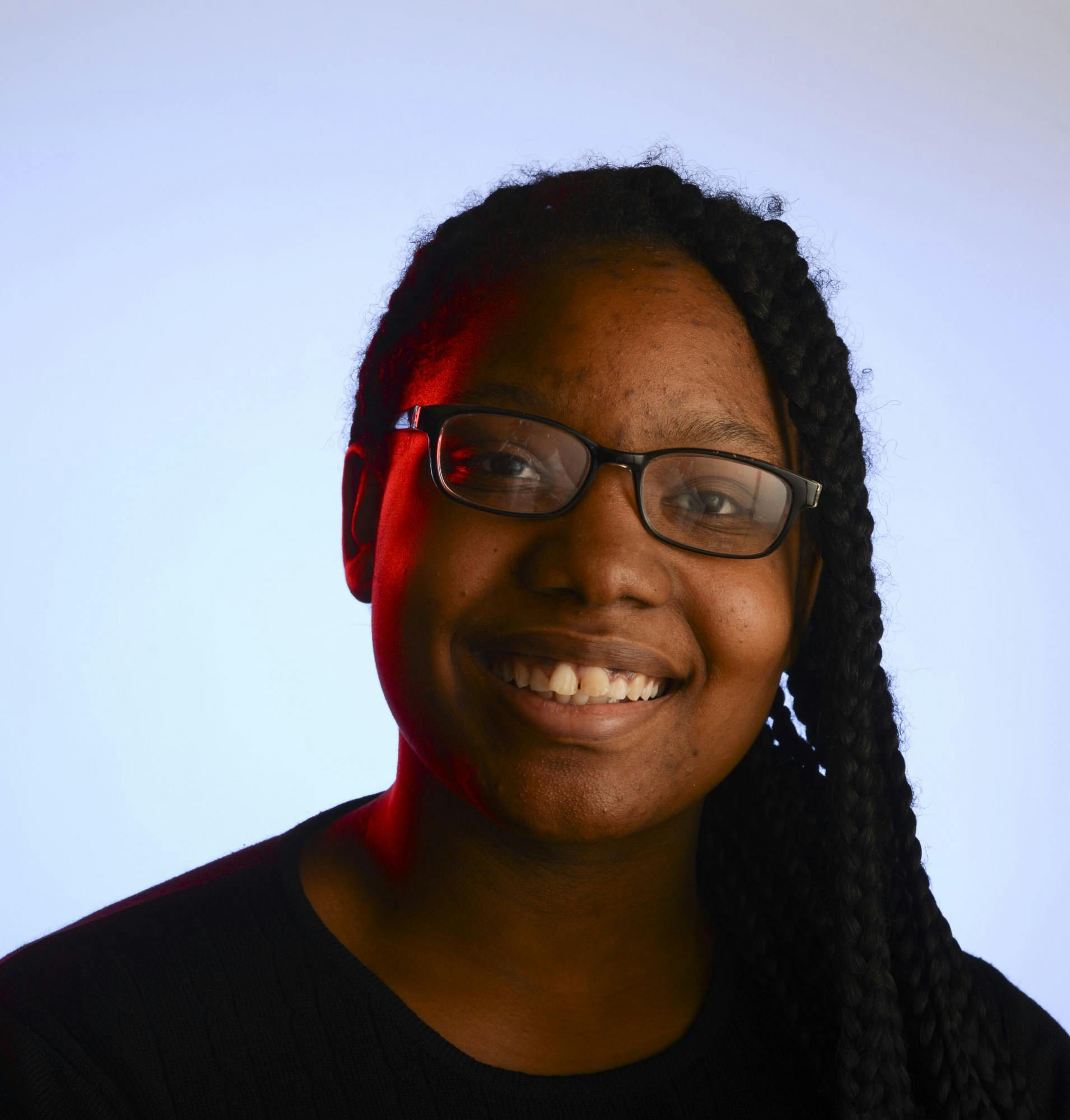
Growing up, I went to a primarily black school district until my sophomore year of high school. Then, I transitioned to a primarily white high school and went on to attend a primarily white university.

Growing up, I went to a primarily black school district until my sophomore year of high school. Then, I transitioned to a primarily white high school and went on to attend a primarily white university.
In high school, it was easier to forget you’re in the minority when you’ve surrounded yourself with “the majority.” I just didn’t feel like I was the odd one out. It could have been naivety, but it could have also been that high school seemed pretty black and white, literally.
At MSU, it isn’t just black and white. It’s black, white, Asian, Mexican and more. So, it’s easier to see that you have a racial group where you belong and that you don’t belong to “the majority.”
There are positive elements to this. I realized that I had subconsciously begun to hide my “African American-ness” in high school.
It wasn’t until I came to MSU that I began to take back my identity through talking about my natural hair, using slang words from my childhood (that didn’t necessarily line up with the slang from my old high school) and hanging out with people who looked like me.
Recognizing that I am a minority student also helped me identify with other minorities. Given, every group’s and every individual’s experience is different, but being a minority at a predominantly white institution, or PWI, is an experience of its own, and African American students aren’t the only ones that understand this experience.
I love that there are people from different backgrounds on campus. There’s no other way to prepare someone for the world where your boss, colleague or employee may look different from you. Some of the best conversations I’ve had in college have been with students from a different background.
However, there are also negative elements to this. Identifying with a particular racial group is one thing — a powerful thing — but feeling like an outsider because of this identity is another.
I believe there have been efforts toward inclusivity. I see the “hate has no home here” signs, the “soul-food Sundays” at dining halls and the posters with people of all skin colors holding hands in perfect unity.
But sometimes at MSU, you can’t help but feel like an outsider.
It’s doing a project with a student that doesn’t look like you, taught by a professor who doesn’t talk like you, in a history course that doesn’t teach your history or your ancestors’ experiences unless you are in a special course.
It’s having a class discussion, and when the topic of race comes up, specifically your race, the whole class looks to you because what would they know? But if you don’t know the answer, are you really even black?
MSU has such a diverse group of people, but in my opinion, if we are all labeled “minorities” and sent to our “respective groups,” is MSU really working toward a more inclusive university or are they working to more groups segregate within the university?
Being an African American student — or any minority student at a PWI — is an amazing feat. I’m proud of myself and all of the other students in the same boat. But to truly become the inclusive university that I hope MSU wants to become, work still needs to be done.
Support student media! Please consider donating to The State News and help fund the future of journalism.